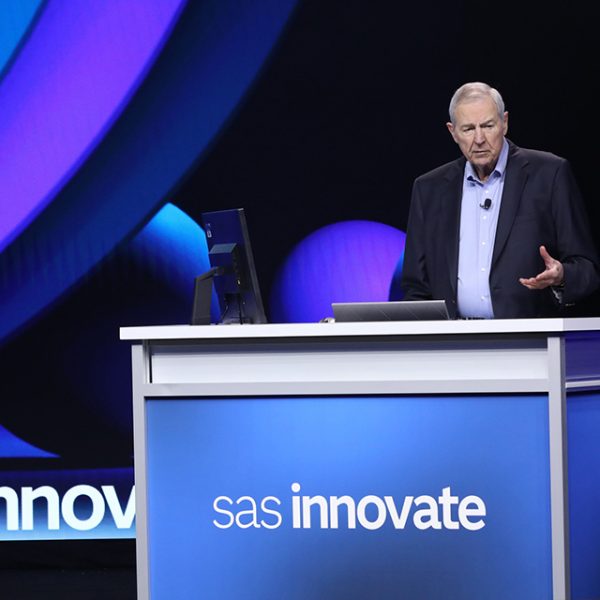
I've been working in and around data for just about all of my professional life. During that time, I've learned a thing or six about data management and analytics. In today's post, I'll impart some related lessons based upon my years of experience as a practitioner.
Data management often serves as an excuse not to embrace analytics
Sadly, I've seen this movie more than once. An executive or group is all hopped up to start analyzing data and discovering fascinating insights. There's only one problem: The organization's data management practices (or lack thereof) make that impossible.
In a way, this gives dataphobes cover. They can pretend to want true analytics, but the organization isn't ready yet. They have effectively dodged a bullet.
Simon says: Make no mistake: these poseurs are dangerous. They'll always find an excuse not to use data and analytics. Identify them and, if they're not willing to change their ways, show them the door.
Appointing a CDO guarantees nothing by itself
Organizations that fail to manage their data may look to the appointment of a chief data officer (CDO) as a savior. After all, how better to codify the importance of data than by anointing a new executive?
Good question, but consider that a CDO is neither necessary nor sufficient for a company to succeed with data and analytics. Last time I checked on LinkedIn, neither Amazon, Facebook, Google nor Netflix employed one – and they do amazing things with data and analytics.
Simon says: A CDO is no elixir to data management issues. Culture is as or more important than hiring a new chief data officer.
Culture drives both data management and analytics
This relates to the previous lesson. Organizations that imbue analytics into their cultures don't need the often hollow platitudes of their chief officers. (Examples include "Our customers and data are important." Yawn.)
Simon says: Get culture and hiring right. You'll be amazed at how much else naturally falls into place.
Some employees won't be coming along for the ride
In their efforts to become data-driven, some employees just won't fit. Here I'm talking about two areas. First, some employees simply prefer to do things "the old way." (See note on dataphobes above.) As such they will actively look for exit opportunities when it becomes clear that the organization is truly committed to analytics. Others will hem and haw until management shows them the door.
In a similar vein, even employees who want to make the jump may find that their skillsets simply don't match the organization's needs. Not everyone can easily pick up new skills and applications. At some point, it's just simpler to hire established folks from the outside – if you can find them.
Simon says: Understand that the move to analytics may displace some employees. Recognize that the import of data and analytics will only rise in the future. Get your data management right and disavow yourself of the project mind-set.
Large enterprises tend to move slowly
Maybe elephants can dance, but think more waltz than merengue. It's particularly difficult to move the needle with large, hidebound and successful organizations.
Simon says: Adjust your expectations accordingly. Because of organizational muscle memory, the nimble startup or small business will move faster than its larger counterpart.
Feedback
What say you?
Download a TDWI Checklist Report with best practices for becoming data-driven





